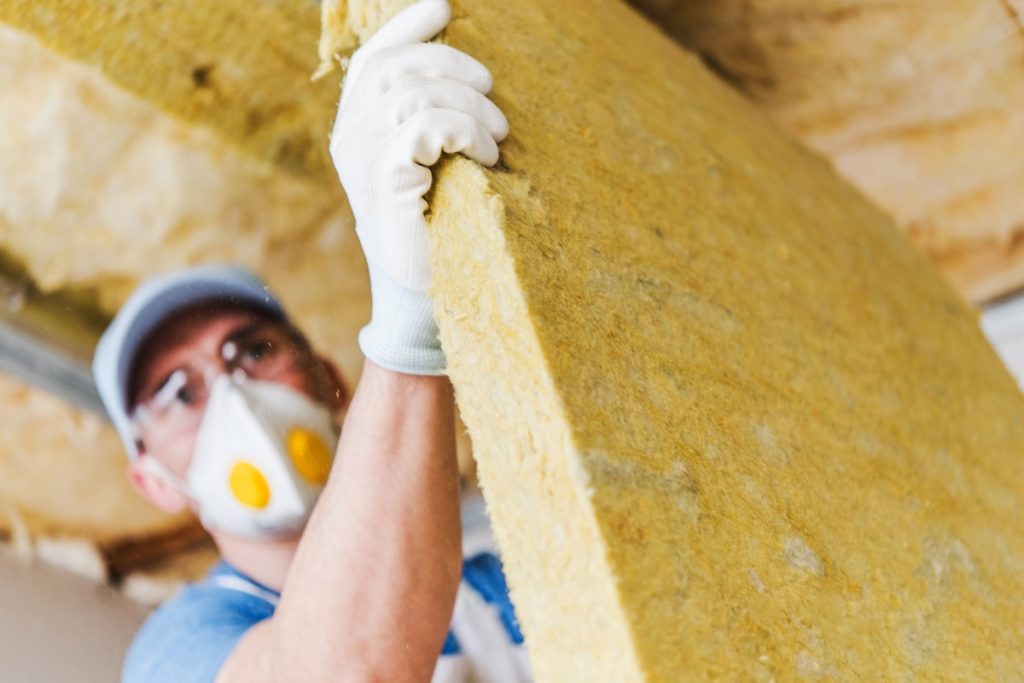Many homeowners are falling in love with flat roofs because of their overall aesthetics and flexibility. But despite that, flat roofs aren’t the top choice because some people think these are prone to leaks and can be expensive to repair.
Surely, flats roofs aren’t exactly flat, unlike what other people might expect. There’s a small roof pitch of a quarter or half-inch for every foot. This slight slope is just enough for the water to drain out, which prevents the water from getting trapped.
What makes flat roofs ideal for most homeowners is the variety of available materials. Let’s take a look at each of them and see what makes them different from one another.
Single-layer membrane roof
Single-ply roofing materials come in different variations. These include neoprene, EPDM, PVC, and polymer-modified bitumen. But out of all these materials, EPDM is the most commonly used.
EPDM, otherwise known as ethylene propylene diene monomer, is a type of durable roofing material. It almost resembles the strength and durability of an inner tube. This material has the right composition to resist any damages caused by sun exposure.
Whether the roofing project is in New Orleans or Miami, most roof installers would apply thin sheet layers of EPDM roofing materials. Since these materials often come from a polymer or synthetic rubber, they’re usually elastic. So, they can withstand various temperature changes.
Modified bitumen roofing
Experts developed the first modified bitumen cap sheet back in the 1960s as an alternative for built-up roofing. You can install this unique roofing material using various techniques.
You can either install it using heat, torch, or even cold application. Some modified bitumen cap sheets also self-adhere, depending on the material that you’re using. The polymer found in the cap sheet helps the roof become more elastic and flexible even when exposed to a lower temperature.
Roofers commonly install these self-adhering cap sheets using hot asphalt tar or cold adhesives. Meanwhile, they use the torch-applied method when using thermoplastic APP sheets to make it adhere to the roof’s foundation better.
Built-up roofing

BUR, otherwise known as built-up roofing, dates back to 120 years ago, back when low pitch roof was a problem.
Roofers apply several layers of a unique kind of roofing felt mixed with asphalt and bitumen using a hot mop.
The coal tar pitch then mixes with the saturated bitumen roof felt until it creates the monolithic roofing membrane. Then, experts will repeat the roof felt layering until it creates up to four plies of thickness.
They’ll also apply finely crushed stone granules on top of the hot tar. It’s a way to provide the roof with extra protection against sun exposure and weather.
These are only a few of the things you need to consider when choosing flat roofs. If you want to have your roof converted into something different, it’s best to coordinate with experienced roofing contractors about it. Doing so will make it much easier to make the right decisions within your project budget.


